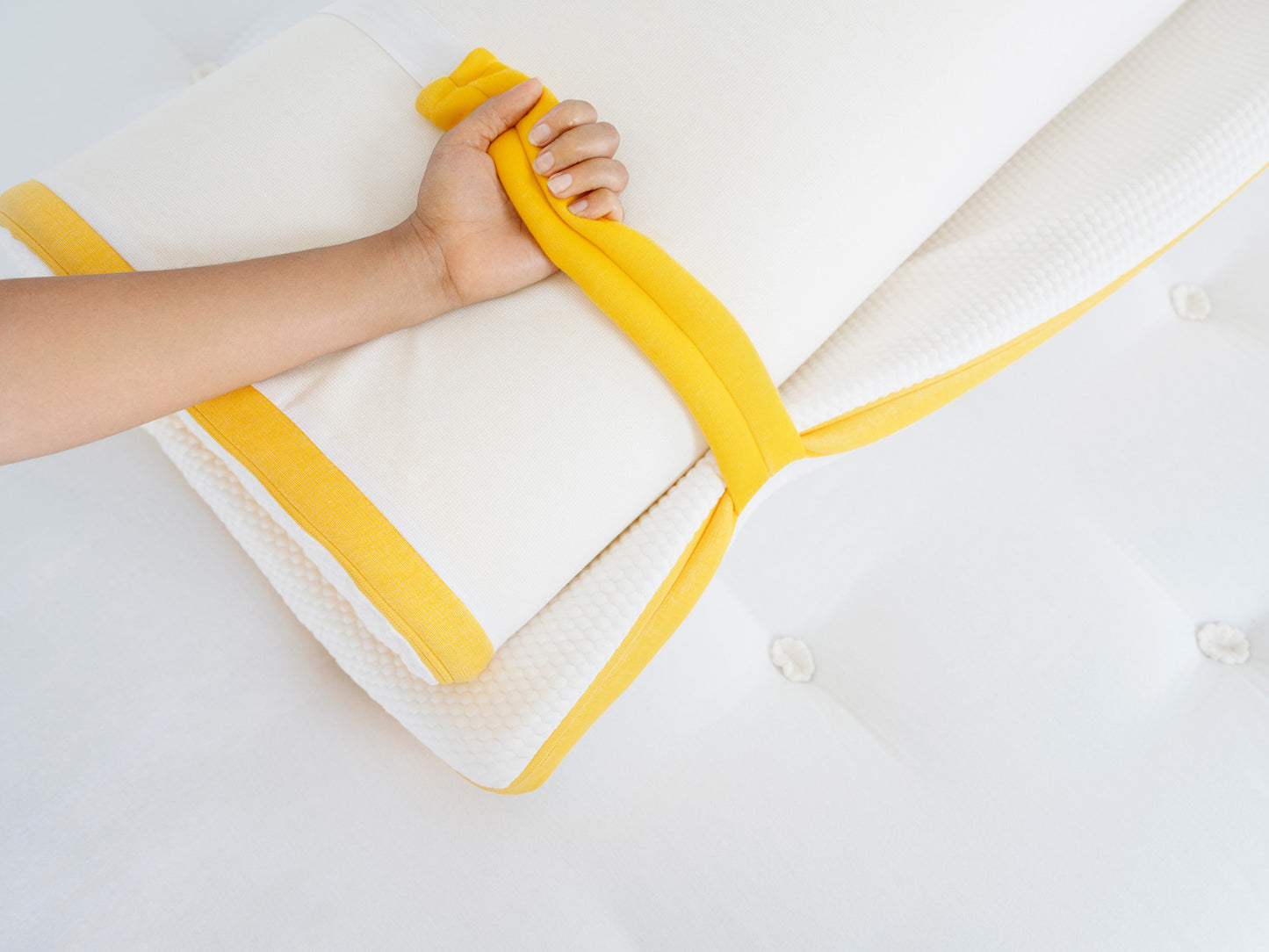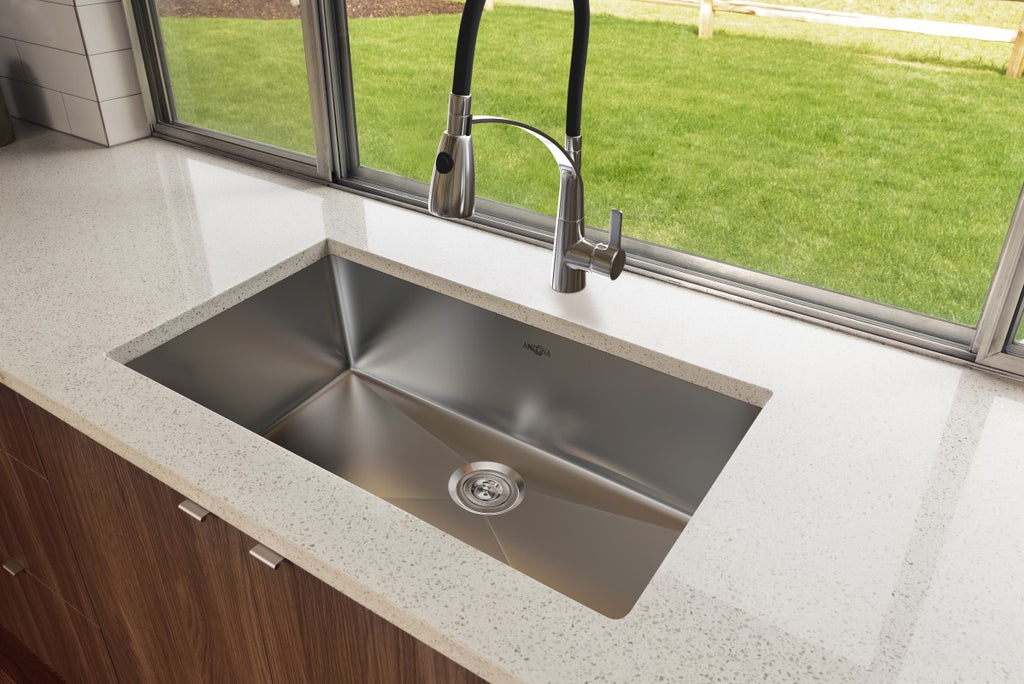When starting a new design project, it's important to first consider the style of house design that you want. With art deco, this usually involves a mix of traditional elements with contemporary design. Keep in mind the size of the house, the orientation of the house, and how much natural light will be entering the home. Each of these factors will help you determine which designs can be incorporated in your project.1. Consider Your Style of House Design
Just as important as choosing the right house design is sticking to your budget. Since art deco can be quite an investment, it’s important that you budget appropriately to ensure that you don’t overspend. Talk to an architect and a contractor who specialize in art deco and determine how much you’ll need to spend to get the house of your dreams.2. Plan Your Budget for House Design
Once you have settled on a budget, it’s time to find a contractor who can handle the job. Some contractors specialize in particular styles of house designs, so make sure you find someone who has experience in art deco. Don’t forget to get references and read through customer reviews to see how past projects were handled.3. Choose the Right Contractor
Before you can start the construction of your home, you’ll need to create a plan for how the space will be utilized. Think about the different rooms and what will be included in each. To save costs, consider combining some rooms, such as the kitchen and dining room, or the living room and study. Remember to be mindful of how the layout fits in with the overall design of the house.4. Plan the Layout of Your Home
No art deco home is complete without the right materials used for construction. Consider the type of wood, the color and texture of the paint, and even the type of stone used for flooring. Art deco homes often use marble as the primary material, but don’t forget to think outside of the box. You can incorporate bricks, tiles, or even metal into the design.5. Choose the Right Materials
Since art deco homes feature large windows and doors and often high ceilings, they require an efficient HVAC system. Talk with a specialist to determine the system you’ll need to maintain a comfortable temperature inside your home. Additionally, consider how you will light your home with energy efficient lightbulbs along with insulation to keep the house warm in the winter and cool in the summer.6. Estimate Heating and Cooling Requirements
Once you’ve planned out the layout of your home, think about the purpose of each room. Does the kitchen need to accommodate an expansive dining table? Will you be entertaining guests in the living room? Think about how your lifestyle will be integrated into the design to make the most of your space.7. Plan How You’ll Use Rooms in Your Home
Since technology often plays a major part in our lives, it’s important to incorporate the right components into your art deco home. Decide if you want the latest home automation system or a basic entertainment system. If you’re a gadget person, think about investing in a few pieces of modern tech to make living in your home more efficient and enjoyable.8. Identify Your Technology Need
Energy efficiency is an important factor to consider when constructing an art deco home. Look into ways to improve the home’s energy efficiency, such as investing in LED lights and radiant floor heating. Additionally, consider installing solar panels for hot water and space heating.9. Prioritize Energy Efficiency
If you want to make living in your art deco home even more comfortable, look into incorporating automated systems. Home automation can help you control everything from the temperature of the house to the lighting and even the security system. With the right automation system, your home will be easier to keep track of and maintain.10. Incorporate Automation
Safety and security systems are essential to the overall design of your home. Considering installing a security system with motion sensors and cameras to help protect your home. Additionally, install smoke alarms and carbon monoxide detectors throughout the house to help prevent accidents and fires.11. Ensure Safety and Security
Assess the Purpose and Plan of Your House Design
 When planning a
house design
, it’s important to start by assessing your goals and requirements in order to create a cohesive layout that meets your individual needs. Prior to drawing up plans, answer questions such as: How many bedrooms do you want? How many floors? What amenities do you need or want? Taking the time to think about the purpose of each space and purpose of the entire
house design
is a great way to begin.
When planning a
house design
, it’s important to start by assessing your goals and requirements in order to create a cohesive layout that meets your individual needs. Prior to drawing up plans, answer questions such as: How many bedrooms do you want? How many floors? What amenities do you need or want? Taking the time to think about the purpose of each space and purpose of the entire
house design
is a great way to begin.
Create a Flowchart of Your House Design
 Visualizing the flow and layout of your
house design
is the next step in developing the ideal planning structure. Creating a flowchart is a great way to bring your ideas together, as it focuses on each individual space and how it relates to the others. Sitting down with a pencil and sketchpad to draw out your rooms and hallway connections can be a great way to get a clearer picture of how your
house design
should flow.
Visualizing the flow and layout of your
house design
is the next step in developing the ideal planning structure. Creating a flowchart is a great way to bring your ideas together, as it focuses on each individual space and how it relates to the others. Sitting down with a pencil and sketchpad to draw out your rooms and hallway connections can be a great way to get a clearer picture of how your
house design
should flow.
Form and Style are Essential Elements of Your House Design
 When planning the form and style of your
house design
, its important to consider the architecture of the area you live in. Drawing inspiration from surrounding buildings and your own individual preferences is a great way to create a unique style. Start by noting the building materials, colors, roof shapes, window design, and other features of your desired look and style.
When planning the form and style of your
house design
, its important to consider the architecture of the area you live in. Drawing inspiration from surrounding buildings and your own individual preferences is a great way to create a unique style. Start by noting the building materials, colors, roof shapes, window design, and other features of your desired look and style.





































































































